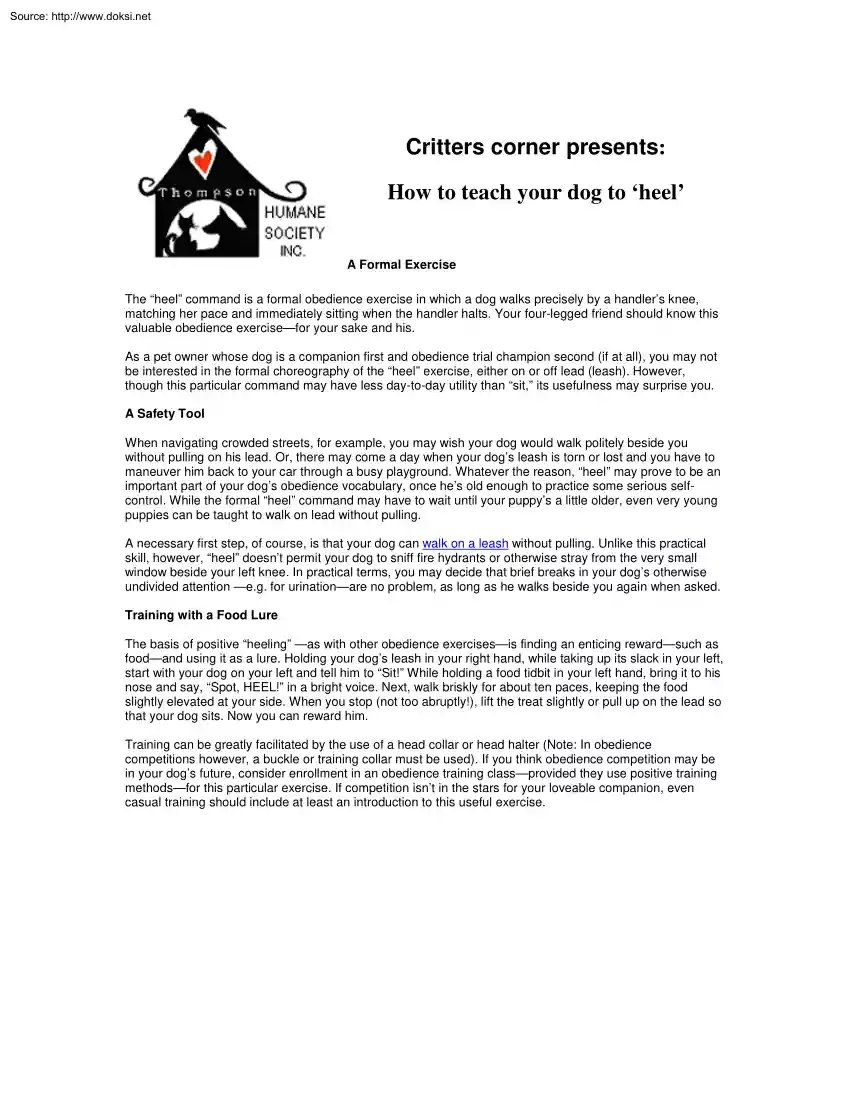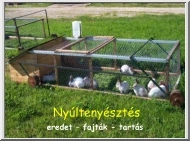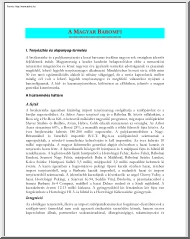Datasheet
Year, pagecount:2015, 1 page(s)
Language:English
Downloads:6
Uploaded:December 03, 2018
Size:475 KB
Institution:
-
Comments:
Attachment:-
Download in PDF:Please log in!
Comments
No comments yet. You can be the first!Most popular documents in this category
Content extract
Source: http://www.doksinet Critters corner presents: How to teach your dog to ‘heel’ A Formal Exercise The “heel” command is a formal obedience exercise in which a dog walks precisely by a handler’s knee, matching her pace and immediately sitting when the handler halts. Your four-legged friend should know this valuable obedience exercisefor your sake and his. As a pet owner whose dog is a companion first and obedience trial champion second (if at all), you may not be interested in the formal choreography of the “heel” exercise, either on or off lead (leash). However, though this particular command may have less day-to-day utility than “sit,” its usefulness may surprise you. A Safety Tool When navigating crowded streets, for example, you may wish your dog would walk politely beside you without pulling on his lead. Or, there may come a day when your dog’s leash is torn or lost and you have to maneuver him back to your car through a busy playground. Whatever the
reason, “heel” may prove to be an important part of your dog’s obedience vocabulary, once he’s old enough to practice some serious selfcontrol. While the formal “heel” command may have to wait until your puppy’s a little older, even very young puppies can be taught to walk on lead without pulling. A necessary first step, of course, is that your dog can walk on a leash without pulling. Unlike this practical skill, however, “heel” doesn’t permit your dog to sniff fire hydrants or otherwise stray from the very small window beside your left knee. In practical terms, you may decide that brief breaks in your dog’s otherwise undivided attention e.g for urinationare no problem, as long as he walks beside you again when asked Training with a Food Lure The basis of positive “heeling” as with other obedience exercisesis finding an enticing rewardsuch as foodand using it as a lure. Holding your dog’s leash in your right hand, while taking up its slack in your left,
start with your dog on your left and tell him to “Sit!” While holding a food tidbit in your left hand, bring it to his nose and say, “Spot, HEEL!” in a bright voice. Next, walk briskly for about ten paces, keeping the food slightly elevated at your side. When you stop (not too abruptly!), lift the treat slightly or pull up on the lead so that your dog sits. Now you can reward him Training can be greatly facilitated by the use of a head collar or head halter (Note: In obedience competitions however, a buckle or training collar must be used). If you think obedience competition may be in your dog’s future, consider enrollment in an obedience training classprovided they use positive training methodsfor this particular exercise. If competition isn’t in the stars for your loveable companion, even casual training should include at least an introduction to this useful exercise
reason, “heel” may prove to be an important part of your dog’s obedience vocabulary, once he’s old enough to practice some serious selfcontrol. While the formal “heel” command may have to wait until your puppy’s a little older, even very young puppies can be taught to walk on lead without pulling. A necessary first step, of course, is that your dog can walk on a leash without pulling. Unlike this practical skill, however, “heel” doesn’t permit your dog to sniff fire hydrants or otherwise stray from the very small window beside your left knee. In practical terms, you may decide that brief breaks in your dog’s otherwise undivided attention e.g for urinationare no problem, as long as he walks beside you again when asked Training with a Food Lure The basis of positive “heeling” as with other obedience exercisesis finding an enticing rewardsuch as foodand using it as a lure. Holding your dog’s leash in your right hand, while taking up its slack in your left,
start with your dog on your left and tell him to “Sit!” While holding a food tidbit in your left hand, bring it to his nose and say, “Spot, HEEL!” in a bright voice. Next, walk briskly for about ten paces, keeping the food slightly elevated at your side. When you stop (not too abruptly!), lift the treat slightly or pull up on the lead so that your dog sits. Now you can reward him Training can be greatly facilitated by the use of a head collar or head halter (Note: In obedience competitions however, a buckle or training collar must be used). If you think obedience competition may be in your dog’s future, consider enrollment in an obedience training classprovided they use positive training methodsfor this particular exercise. If competition isn’t in the stars for your loveable companion, even casual training should include at least an introduction to this useful exercise





 Just like you draw up a plan when you’re going to war, building a house, or even going on vacation, you need to draw up a plan for your business. This tutorial will help you to clearly see where you are and make it possible to understand where you’re going.
Just like you draw up a plan when you’re going to war, building a house, or even going on vacation, you need to draw up a plan for your business. This tutorial will help you to clearly see where you are and make it possible to understand where you’re going.